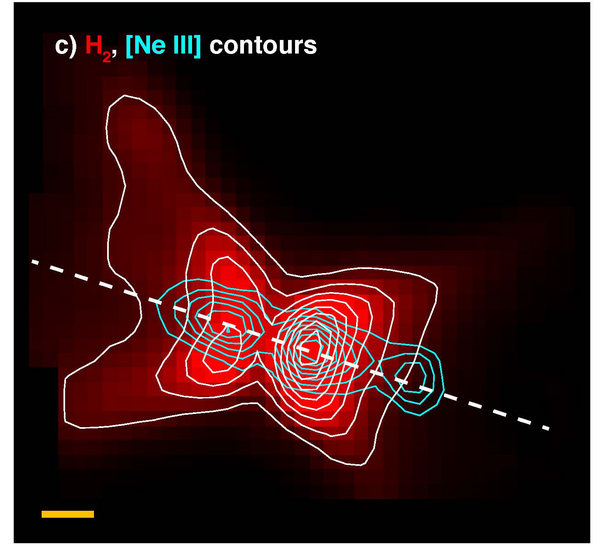
"Constraining the Chemistry of Planet Formation in the Era of HST and JWST"
- Event Type
- Seminar/Symposium
- Sponsor
- Department of Astronomy
- Location
- 134 Astronomy
- Virtual
- Join online
- Date
- Nov 28, 2023 3:45 pm
- Speaker
- Nicole Arulanantham, STSci
- Contact
- Rebecca Bare
- rsbare@illinois.edu
- Phone
- 217-265-8226
- Views
- 107
- Originating Calendar
- Astronomy Colloquium Speaker Calendar
Astronomers have made groundbreaking measurements of spectral features in exoplanet atmospheres over the last ∼15 years, work that was recently accelerated by the launch of JWST. Tracing the evolutionary history of these systems, a critical step toward eventually assessing habitability, requires robust initial conditions derived at the onset of planet formation in circumstellar protoplanetary disks. With the joint power of HST and JWST, we can now explore the connection between the chemical compositions of protoplanetary disks and the UV radiation fields generated by the young central stars. In this talk, I will discuss recent insights into the UV properties of young stars observed through the Hubble UV Legacy Library of Young Stars as Essential Standards (ULLYSES) Director's Discretionary program. I will also show initial results from the MIDAS Cycle 1 GO program on JWST (PI: Melissa McClure). This work will ultimately lay the groundwork for interpreting the chemical properties of planet formation within different stellar environments.